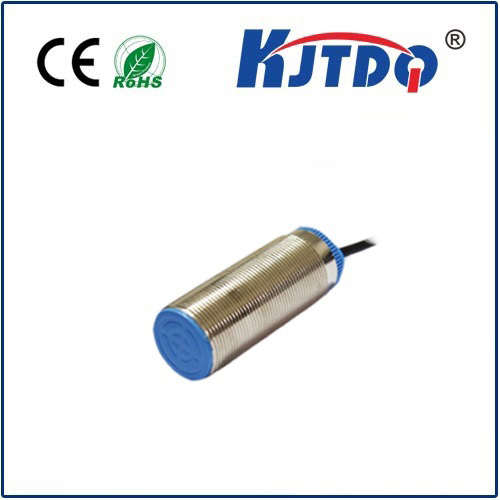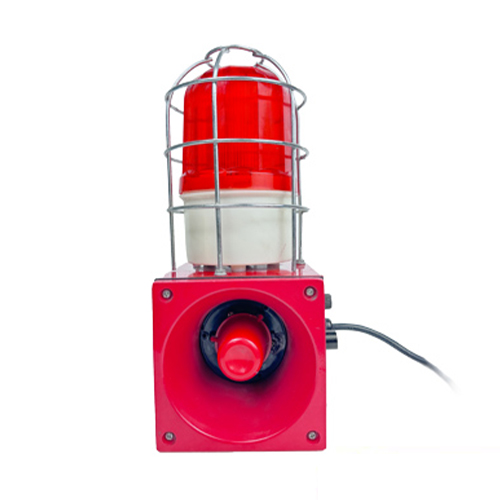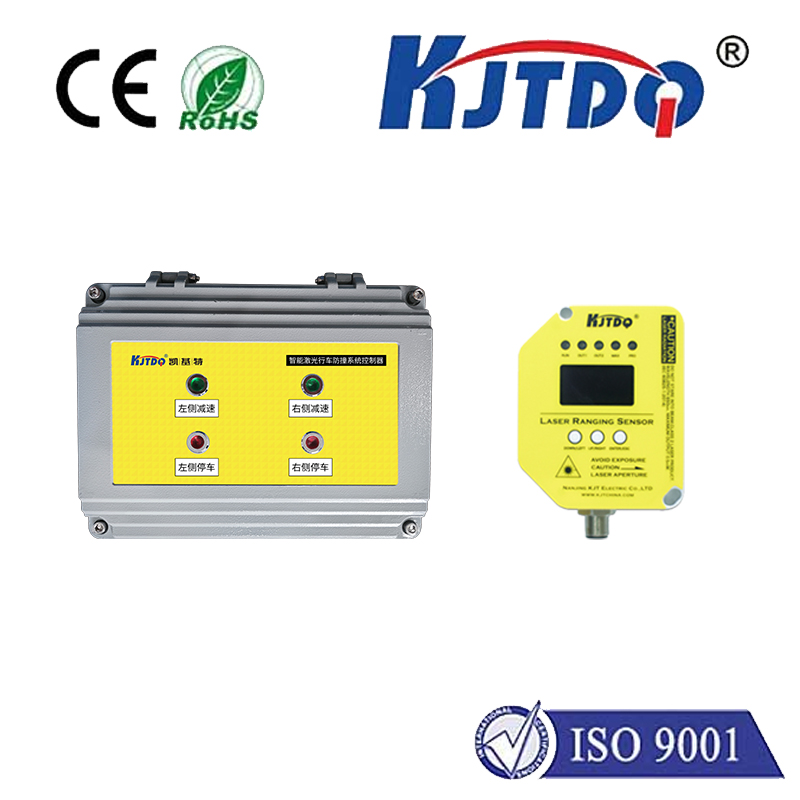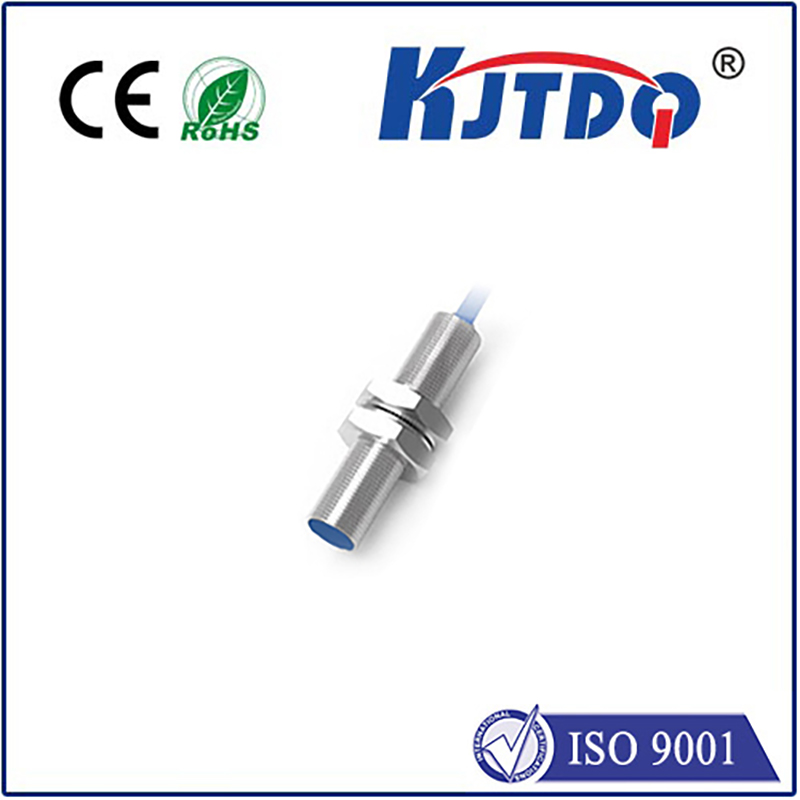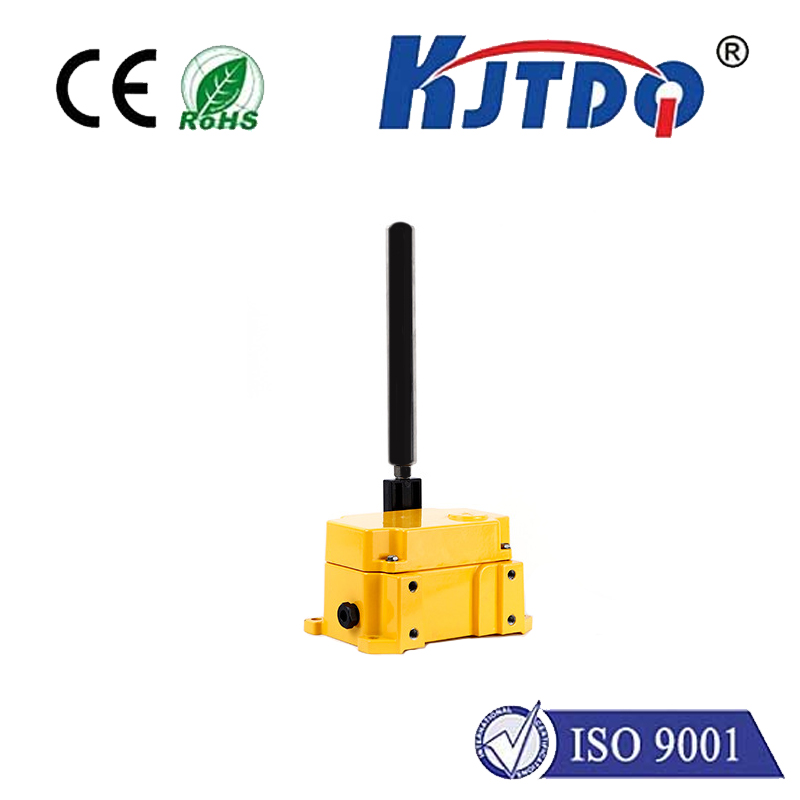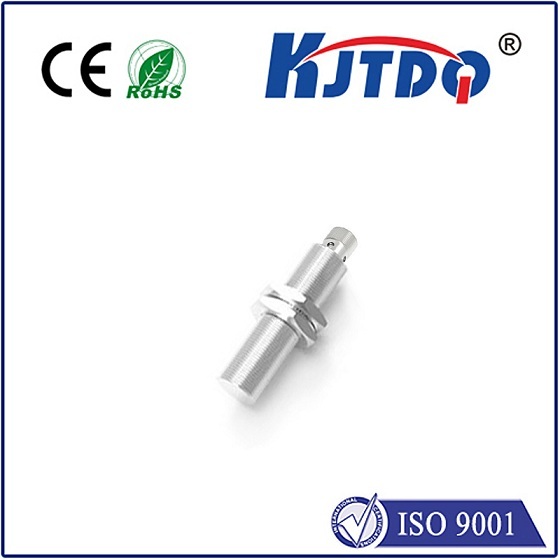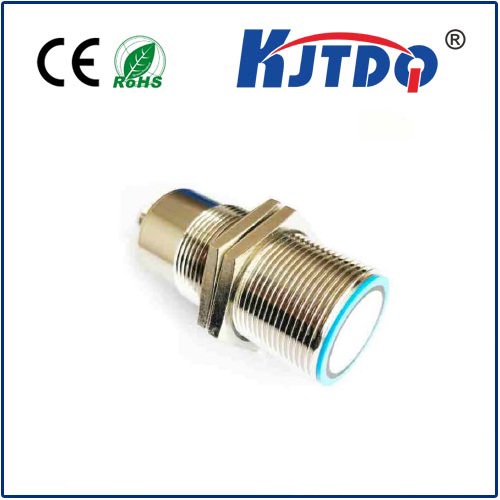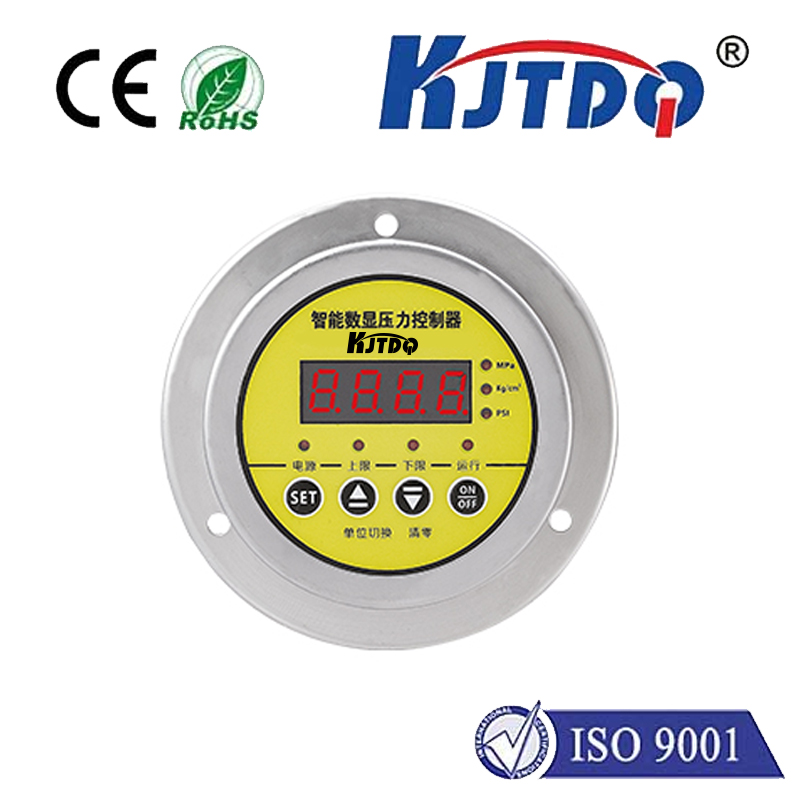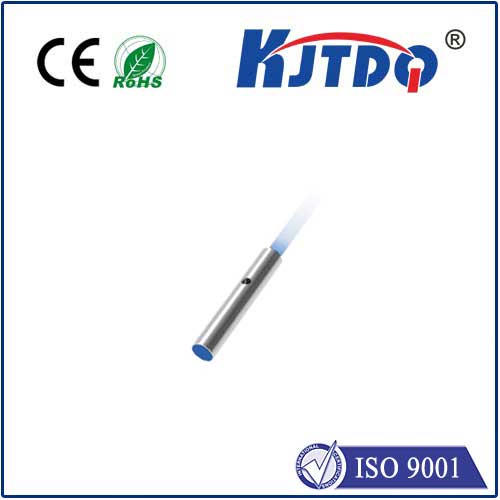photoelectric distance sensor
- time:2024-10-17 01:24:42
- Click:0

Title: The Role of Photoelectric Distance Sensors in Modern Technology
Introduction
In the constantly evolving world of technology, photoelectric distance sensors have become an indispensable component. These sensors use light to measure a distance or detect the presence of an object, providing precise and reliable data for various applications. In this article, we will explore the significance of photoelectric distance sensors in modern technology and their impact on various industries.
Photoelectric Distance Sensor Basics
A photoelectric distance sensor consists of an emitter, lens, detector, and processor. The emitter generates a beam of light that reflects off the target object and returns to the detector. The time it takes for the light to reflect back to the detector is used to calculate the distance between the sensor and the object. This technique allows for non-contact measurement, making it ideal for applications where physical interaction with the object would be impractical or damaging.
Applications of Photoelectric Distance Sensors
Photoelectric distance sensors are used in a wide range of applications across various industries. Some common uses include:
- Industrial Automation: Photoelectric distance sensors are widely used in industrial automation systems to monitor and control production processes. They provide accurate data on the position and movement of objects, enabling machines to operate efficiently and safely.
- Automotive Industry: These sensors are used in vehicles for various purposes such as parking assistance, blind spot detection, and adaptive cruise control. They help improve safety and convenience for drivers and passengers.
- Medical Devices: Photoelectric distance sensors are used in medical devices such as blood pressure monitors and pulse oximeters. They provide accurate measurements of physiological parameters, enabling healthcare professionals to diagnose and treat patients more effectively.
- Security Systems: Photoelectric distance sensors are used in security systems to detect intruders or unauthorized access to restricted areas. They provide a reliable means of monitoring and protecting property and assets.
Advantages of Photoelectric Distance Sensors
There are several advantages of using photoelectric distance sensors over traditional contact-based measurement techniques:
- Non-Contact Measurement: Photoelectric distance sensors do not require physical contact with the object being measured, making them ideal for applications where contact would be impractical or damaging.
- High Precision: These sensors provide highly accurate measurements, ensuring that processes are carried out efficiently and reliably.
- Fast Response Time: Photoelectric distance sensors have a fast response time, allowing them to quickly detect changes in the environment and adjust accordingly.
- Durability: These sensors are designed to withstand harsh environmental conditions, making them suitable for use in a wide range of industries.
Conclusion
Photoelectric distance sensors have become an essential component of modern technology, providing accurate and reliable data for various applications. Their non-contact measurement capabilities, high precision, fast response time, and durability make them well-suited for use in industries such as industrial automation, automotive, medical devices, and security systems. As technology continues to advance, we can expect photoelectric distance sensors to play an increasingly important role in shaping our future.












